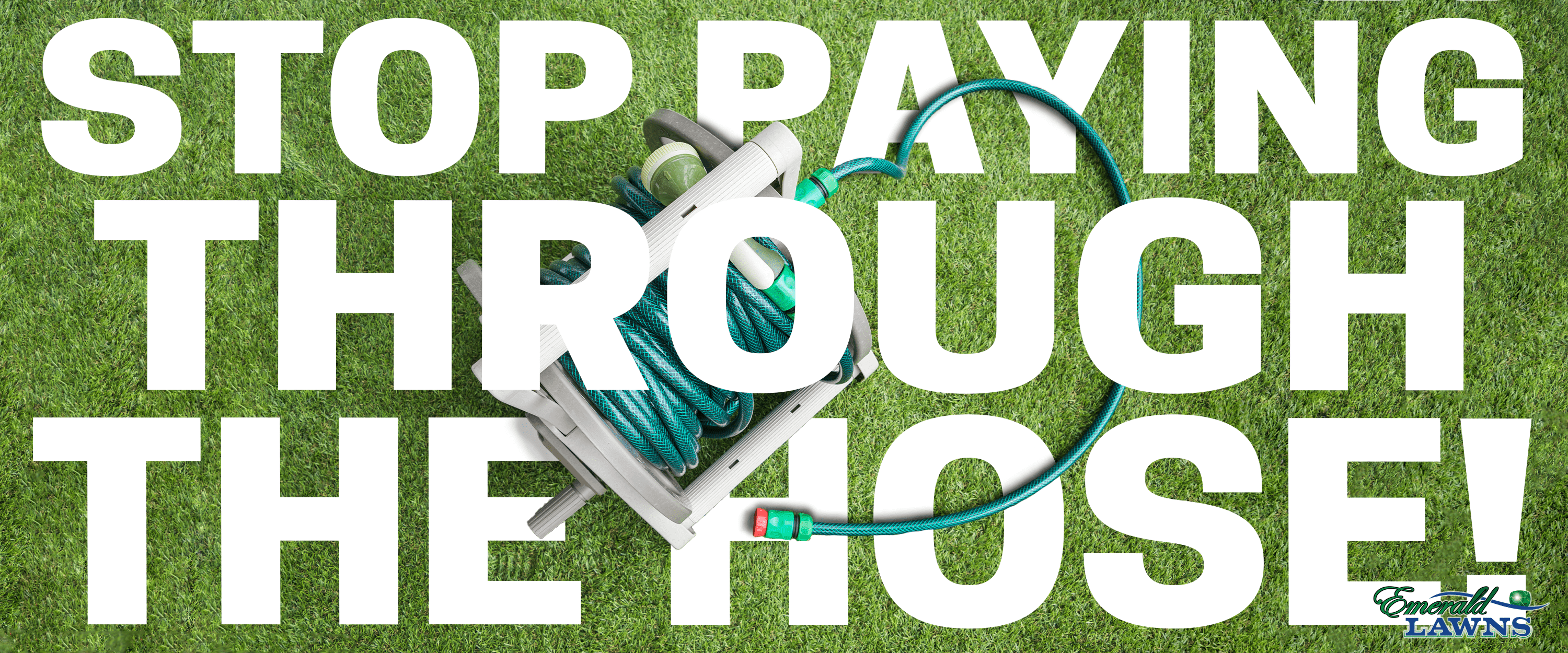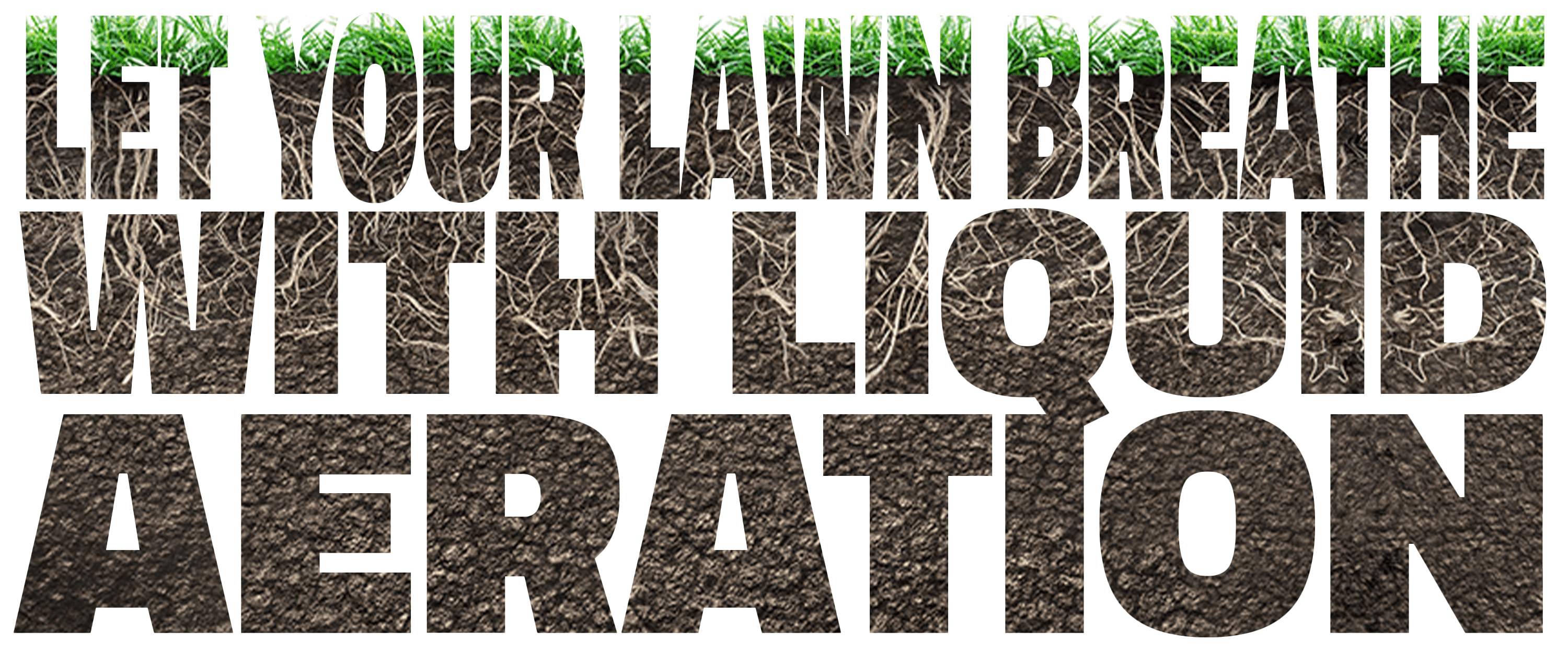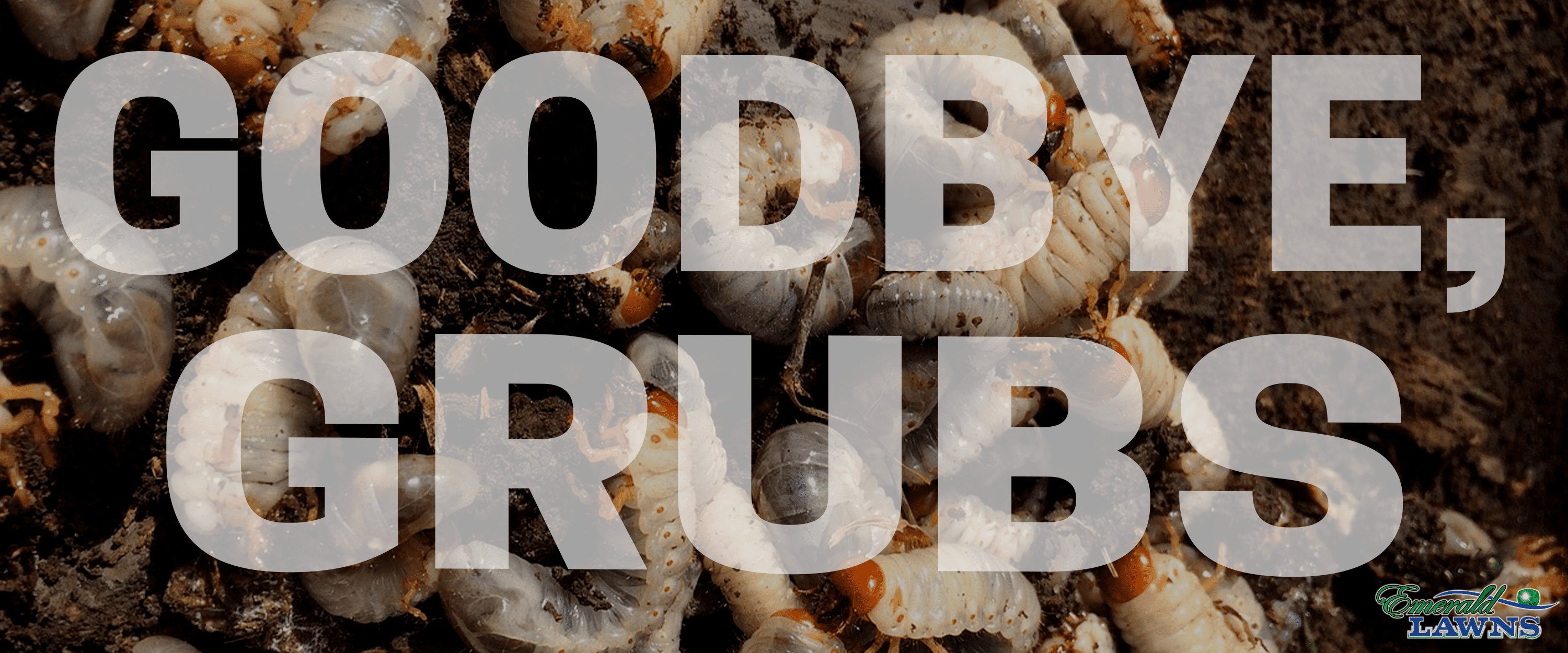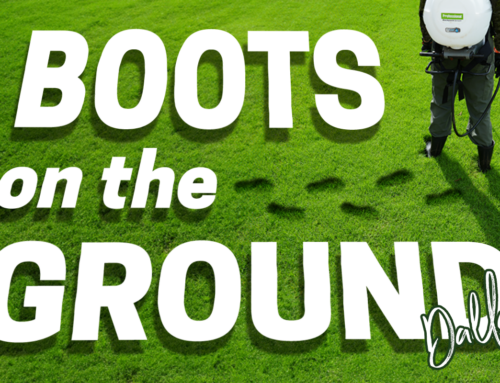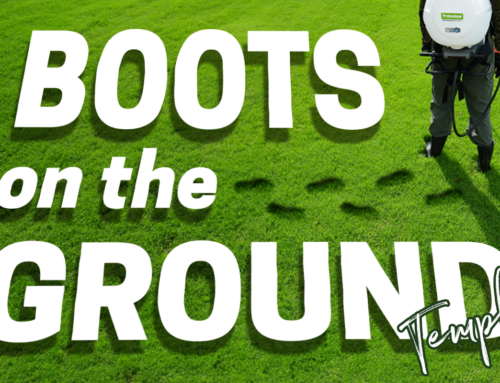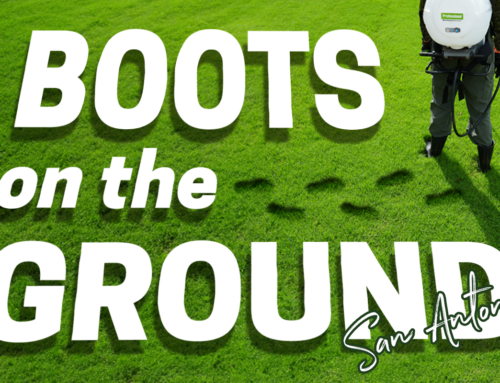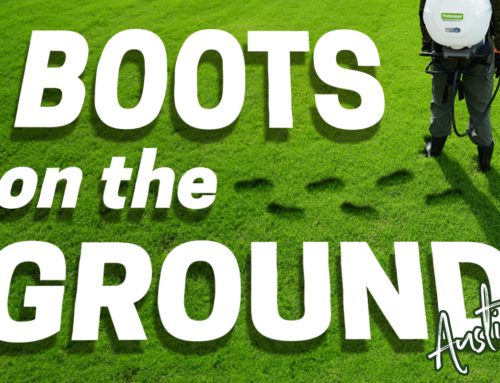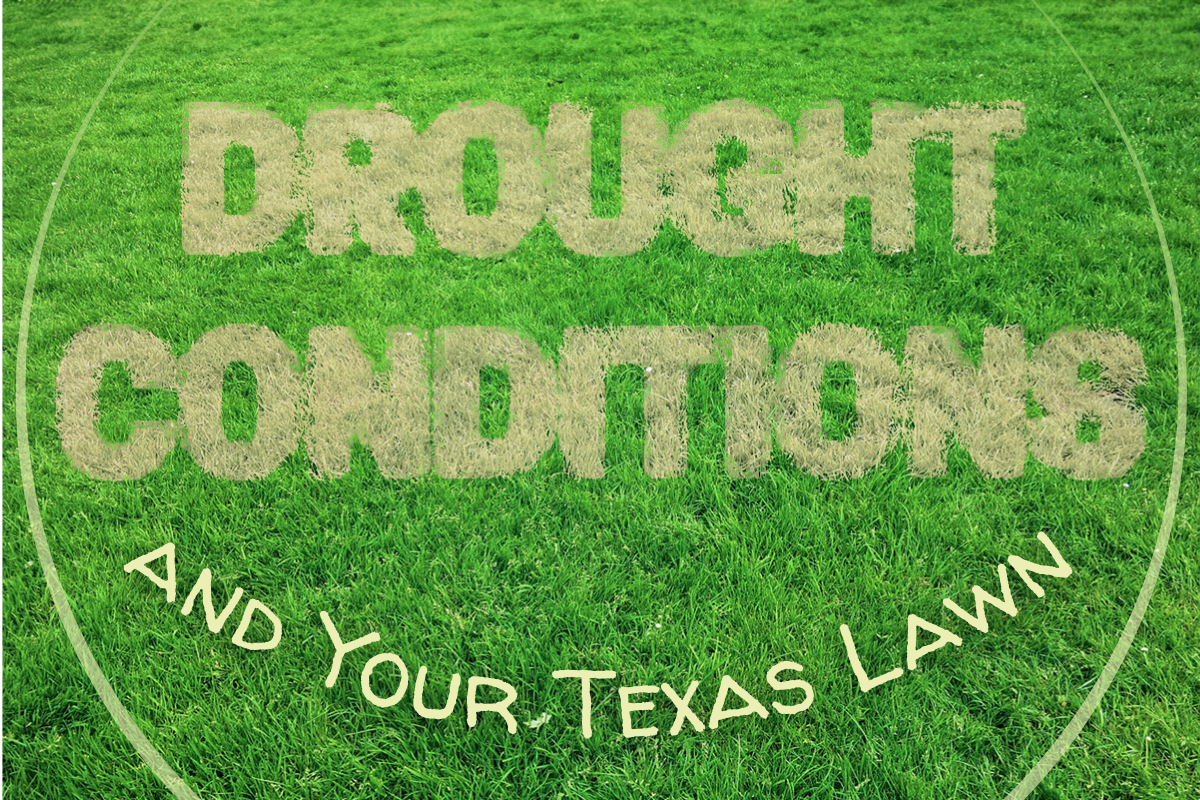
Drought conditions have begun early this year, with February 22′ being the 30th driest month in the past 128 years. We’re here to share timely information so you know what this means for your Texas lawn!
It’s only March and Texas is already in a D1 (Moderate Drought) or D2 (Severe Drought) and on the cusp of D3 (Extreme Drought).
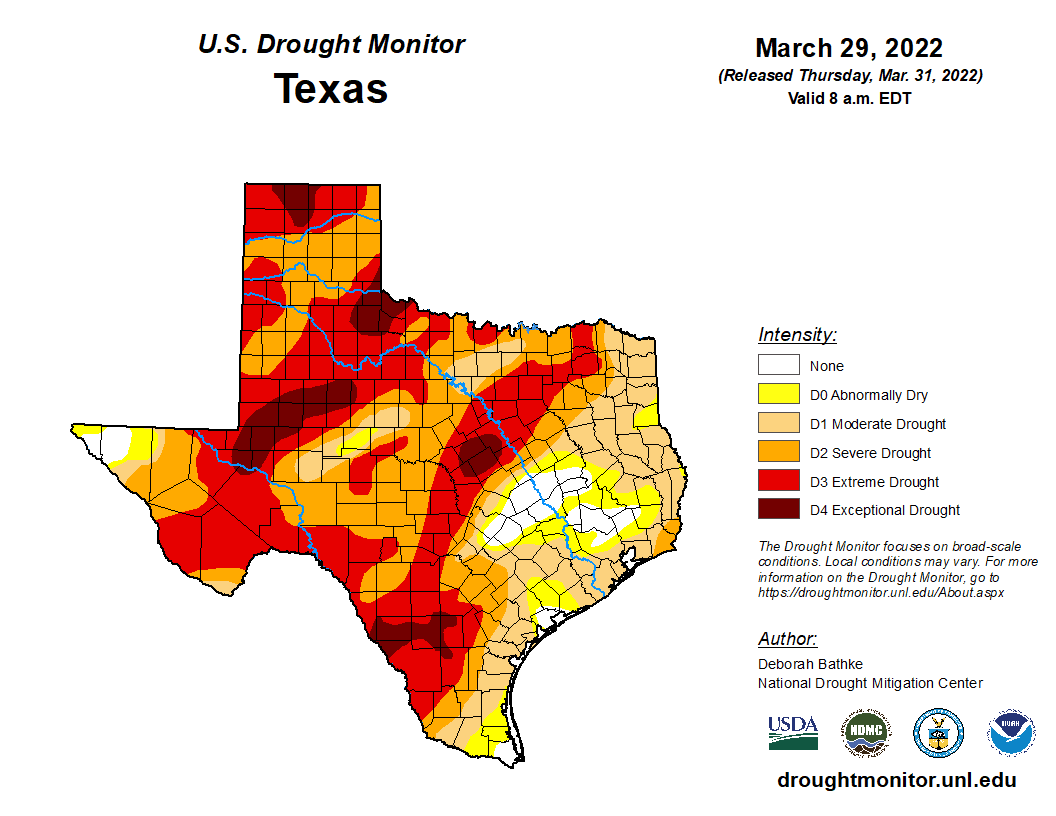
The U.S. Drought Monitor is jointly produced by the National Drought Mitigation Center at the University of Nebraska-Lincoln, the United States Department of Agriculture, and the National Oceanic and Atmospheric Administration. Map courtesy of NDMC.
After the long dry spell in Texas, many areas are experiencing a continual decline in soil moisture levels. The U.S Drought Monitor shows more than 93% of the state is in abnormally dry to extreme drought and nearly 81% of the state is dealing with moderate to extreme drought. All the low soil moisture levels have made for a historic winter dry spell. Year to date, we’ve experienced the 20th driest cycle in the past 128 years.
John Nielsen-Gammon, Ph.D., state climatologist in the College of Geosciences Department of Atmospheric Sciences at Texas A&M University, said much of the state has been very dry since fall and the rain outlook does not look promising. Over the past 120 days, Nielsen-Gammon said much of the state had only received 25% of its average rainfall for that period. Several cities also reported some of the driest periods between November and March on record.
According to Nielsen-Gammon, the La Niña weather system, which typically delivers below-average precipitation to much of Texas, continues to hang on. Most forecast models expect the La Niña system to enter a neutral period by April. However, by April, weather in Texas is becoming difficult to forecast beyond a week to 10 days. Expectations for April through June are that the state will receive below-normal rainfall, but Nielsen-Gammon said the same was expected last April through June prior to the widespread and consistent rains.
Water Smart!
The best way to water your lawn is the cycle soak method. Water your yard for three or four shorter cycles until you’ve reached 1″ of water per week. This method will train the grass to pull water from deep in the soil, and also allows the water to soak a little at a time to avoid runoff. It is always a good practice to water your lawn after your technician’s visit. Given the lack of moisture in the soil, we strongly recommend after-application watering.

Let’s Keep Your Lawn Hydrated & Healthy!
Step 1. Get your irrigation system audited & optimized.
Step 2. Maximize water usage.
Sources:
https://www.drought.gov/
https://droughtmonitor.unl.edu/CurrentMap/StateDroughtMonitor.aspx?TX
https://agrilifetoday.tamu.edu/2022/03/08/dry-spell-drought-deepens-across-texas/




